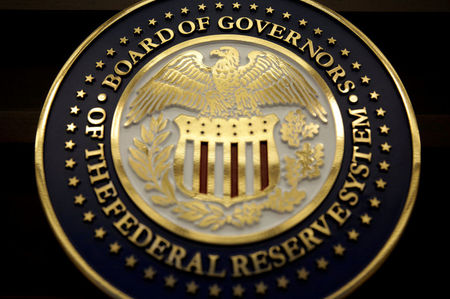No need for intermeeting or 50bps cuts, US economy ‘not slumping’: Morgan Stanley
2024.08.06 10:50

Morgan Stanley analysts maintain that the U.S. economy is not experiencing a slump, despite the market’s aggressive pricing of Federal Reserve rate cuts following recent jobs data.
The investment bank said in its Global 360 note on Tuesday that it continues to predict 75 basis points of cuts this year, aligning with its view that “the economy is not slumping.”
While their forecast for three rate cuts initially seemed ambitious compared to market expectations, they note that recent trends in non-farm payrolls and core PCE inflation have brought this projection into clearer focus.
Consumer growth is slowing from approximately 3% in the second half of 2023 to below 2% in the latter half of 2024. Morgan Stanley analysts believe this deceleration is essential for demand to soften and allow inflation to cool.
The bank says it will monitor consumption closely but does not anticipate a more significant slowdown.
Meanwhile, Morgan Stanley also noted that in July, the yen appreciated rapidly, validating its out-of-consensus prediction for a 25 basis point hike by the Bank of Japan (BoJ).
“Our call was built on the changing structural foundations taking place in Japan as well as a final step to exit NIRP,” they wrote.
The bank’s analysts said the tone of the BoJ’s press conference suggests that the risks to their forecast for a January hike extend into 2024.
In Europe, the Bank of England (BoE) cut its policy rate by 25 basis points, with Morgan Stanley expecting two more cuts in November and December.
In the Euro area, the firm anticipates two further cuts this year but acknowledges the potential for fewer hikes following consecutive sticky core inflation prints.
Globally, the bank says positive political developments in South Africa have improved growth prospects, while India’s post-election budget reaffirms a commitment to capital investment and deficit reduction. Conversely, Brazil faces fiscal risks, with a midyear update revising the primary deficit forecast to -0.5% of GDP versus a target of 0%.








